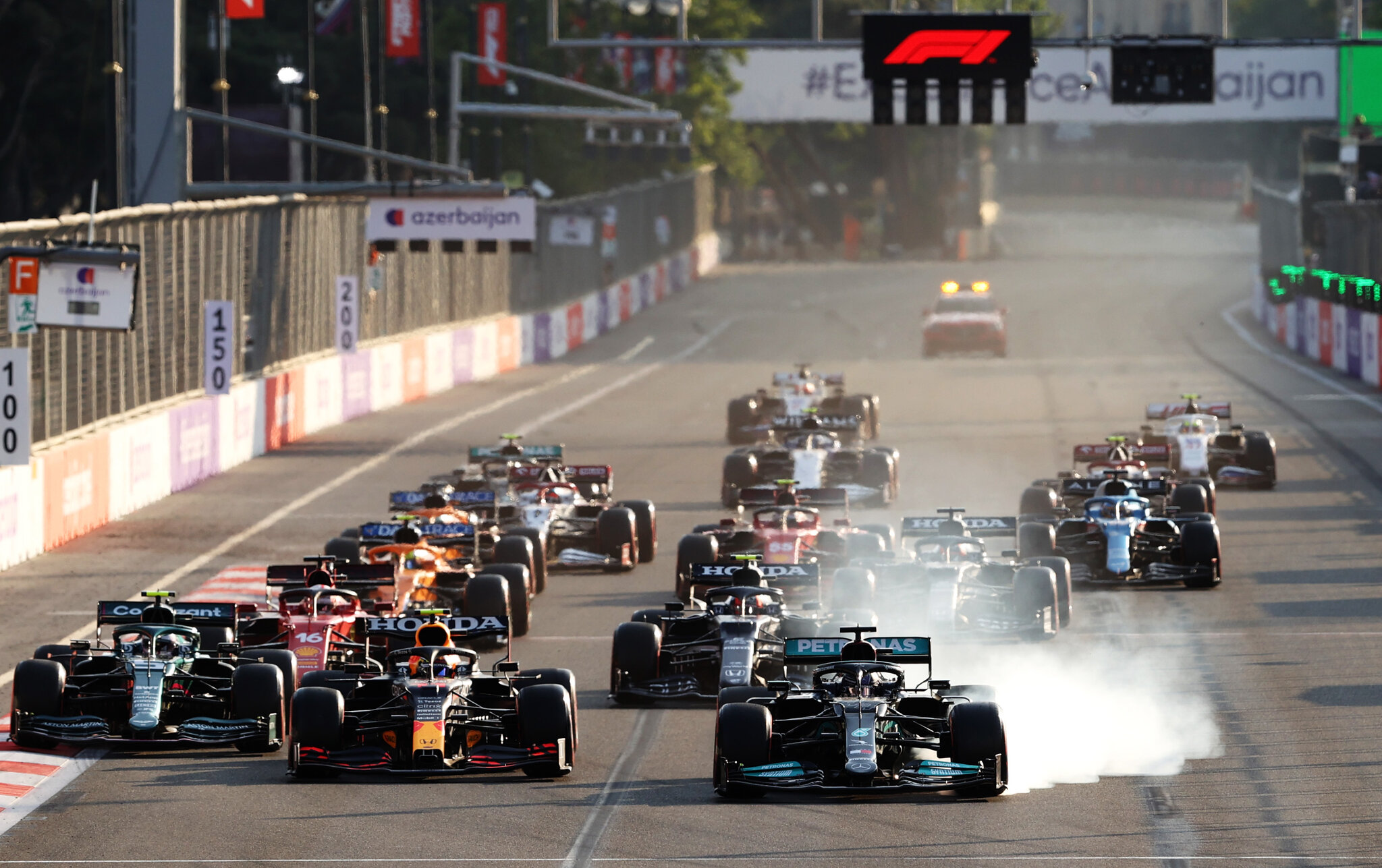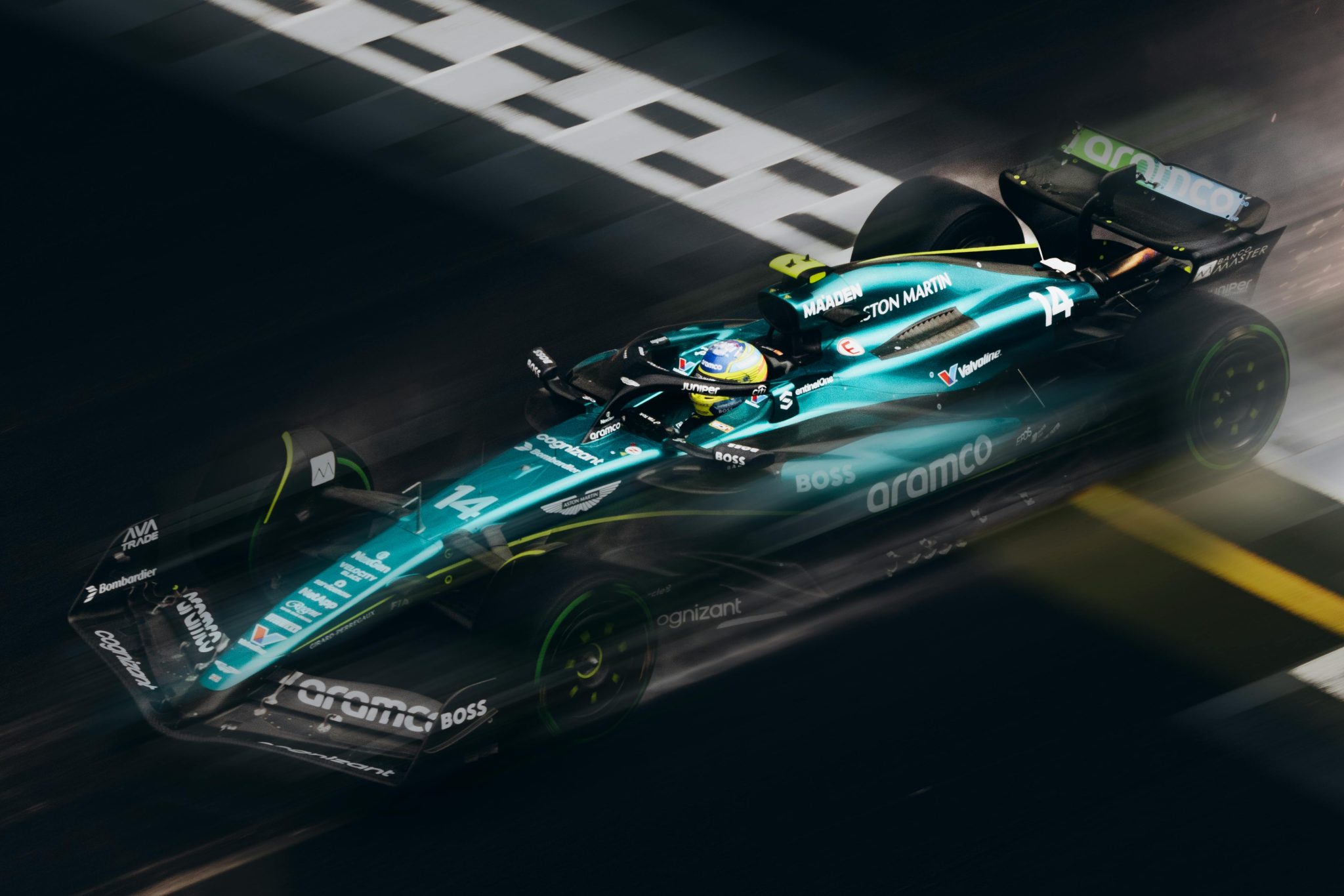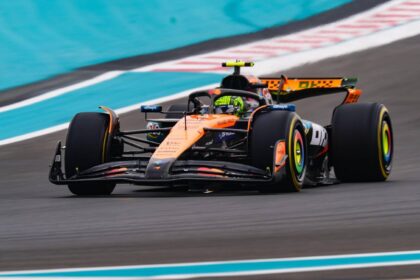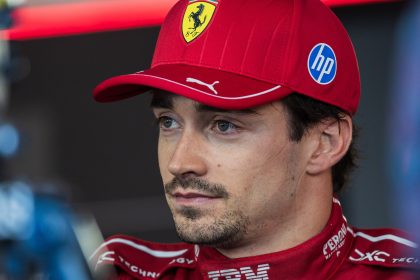If you’ve spent the last seven years living under a rock—or perhaps in the Williams wind tunnel—you might have missed the cultural phenomenon that is Netflix’s Formula 1: Drive to Survive. For everyone else, the show has become as much a part of the modern F1 experience as DRS zones and “multi 21” team orders. But as the seventh season drops and the sport’s global audience swells with new fans, it’s time to ask: behind the spectacle, where’s the substance? Is Drive to Survive a gateway to the soul of Formula 1, or just another slickly edited reality show, more interested in feuds than fuel loads?
- The Netflix Effect: F1’s Newfound Stardom
- Manufactured Drama: When Reality Isn’t Enough
- Heroes, Villains, and the Art of Selective Storytelling
- The Double-Edged Sword: New Fans, New Expectations
- When the Cameras Leave: The Substance Beneath the Surface
- A Brief History of F1’s Relationship with the Camera
- The Numbers Don’t Lie—Or Do They?
- The Verdict: Substance or Spectacle?
- Waste a bit more time
The Netflix Effect: F1’s Newfound Stardom
Let’s not mince words: Drive to Survive has been a marketing miracle for Formula 1. The show’s fly-on-the-wall access, charismatic characters, and binge-worthy drama have lured millions of new fans—especially in the United States, where F1 once struggled to fill even half the grandstands at Indianapolis. As GQ’s feature on the show’s impact at Silverstone put it,
With an audience tipping seven million globally, of whom just under a third are under 30, the show has been a marketing miracle for F1. The sport, it seems, is enjoying an extraordinary resurgence.
GQ
The evidence is everywhere: sold-out races in Miami and Las Vegas, a surge in social media engagement, and the sight of Guenther Steiner—once a paddock footnote—mobbed by fans waving cardboard cutouts and marriage proposals. The series has made household names of drivers and team principals alike, turning the likes of Christian Horner and Toto Wolff into antiheroes and meme fodder.
But as any seasoned F1 observer knows, when something looks too good to be true, it usually is.
Manufactured Drama: When Reality Isn’t Enough
The core criticism of Drive to Survive is as old as reality television itself: the line between documentary and drama is not just blurred, it’s been run over by a Red Bull on soft tyres. The show’s producers, Box to Box Films, have been accused—by drivers, teams, and fans alike—of splicing radio messages out of context, manufacturing rivalries, and prioritizing narrative over nuance.
Consider the infamous editing of team radio. In the 2025 Chinese Grand Prix, Ferrari’s Fred Vasseur publicly lambasted FOM TV for “distorting and cutting radio communications between Lewis Hamilton and his race engineer to add more drama to the event.” This is hardly an isolated incident. As early as Season 1, eagle-eyed fans noticed that radio messages and footage were often stitched together from different races, or even different years, to heighten tension.
They faked a few rivalries which don’t really exist. So I decided not to be a part of it and did not give any more interviews after that because then there is nothing you can show.
Max Verstappen
Even the show’s most ardent supporters admit that it’s more soap opera than sports documentary. As Motorsport Magazine’s review of Season 7 notes,
Expect the same smash-hit mix of driver-centred storylines, fraught team-mate dynamics, warring bosses and a willingness to filter reality, whether that’s through splicing footage to increase the drama, or just playing team radio over in-car footage from an entirely different race.
Motorsport Magazine
Heroes, Villains, and the Art of Selective Storytelling
If you’re looking for a balanced, technical breakdown of why Mercedes’ rear suspension failed at Spa, you’re better off reading the FIA technical appendices. Drive to Survive is about characters, not camber angles. The show’s narrative is built on archetypes: the plucky underdog, the ruthless team boss, the tragic hero. Christian Horner, for example, has been cast as the “archetypal antihero,” his every smirk and barb carefully curated for maximum effect.
But this focus on personalities comes at a cost. Teams and drivers not deemed “interesting” enough are relegated to the background, their achievements and struggles glossed over in favor of more telegenic storylines. As one reviewer put it,
This was supposed to be a documentary! Where was that in-depth discussion of data traces, and why not do we not see more thrilling debate on the amount of run-off used at modern tracks?
Motorsport Magazine
The result is a version of Formula 1 that is, at times, unrecognizable to those who have followed the sport for decades. The technical, strategic, and sporting complexities that make F1 unique are often sacrificed on the altar of entertainment.
The Double-Edged Sword: New Fans, New Expectations
There’s no denying the positive impact Drive to Survive has had on F1’s global reach. The sport is younger, more diverse, and more vibrant than at any point since the turbo era. But with this new audience comes a new set of expectations—expectations shaped by the rhythms of reality TV rather than the realities of racing.
As Guenther Steiner himself observed,
Years ago, when you went [to Formula 1 races], people were hardcore racing car enthusiasts, and now it’s like people just like the vibe of Formula 1… the entertainment factor. We needed to attract younger people, and we succeeded.
Guenther Steiner
But what happens when the show’s version of F1 diverges too far from the real thing? Long-time fans worry that the next generation is being sold a caricature—a sport of feuds and fireworks, rather than fractions of a second and feats of engineering. The official F1 broadcast itself has begun to emulate the show’s style, with more focus on off-track drama and less on the action that unfolds between the white lines.
When the Cameras Leave: The Substance Beneath the Surface
For all its flaws, Drive to Survive does occasionally capture moments of genuine emotion and insight. The heartbreak of Nico Hülkenberg’s near-misses, the pressure on Charles Leclerc at Monaco, the raw frustration of George Russell at Williams—these are the moments that remind us why we fell in love with the sport in the first place.
Watch this behind-the-scenes look at the making of Drive to Survive for a rare glimpse at how the show is filmed and the challenges of capturing the paddock’s most human moments:
2024 F1 Drive to Survive behind the scenes! – YouTube
But these moments are often the exception, not the rule. The show’s relentless pursuit of drama can overshadow the quieter, more profound stories—the years of toil behind a single podium, the heartbreak of a failed upgrade, the camaraderie that persists even in the face of crushing defeat.
As one team principal (who shall remain nameless, lest I be banned from the paddock) once told me over a lukewarm espresso,
The real stories are the ones you never see on camera. The ones that happen at 2 a.m. in the garage, or in the debrief after a disastrous qualifying. Netflix can’t show you that, because it’s not glamorous. But that’s where the sport lives.
Anonymous Team Principal
A Brief History of F1’s Relationship with the Camera
Of course, Formula 1’s uneasy dance with the media is nothing new. From the days of Grand Prix (1966) and Le Mans (1971), the sport has always been both attracted to and wary of the spotlight. Bernie Ecclestone’s iron grip on TV rights kept F1 shrouded in mystique for decades, while the likes of Jackie Stewart and Niki Lauda understood the power—and peril—of public image.
The arrival of Liberty Media and the Netflix deal marked a seismic shift. For the first time, the paddock was thrown open to the world, its secrets and squabbles laid bare. The result has been both exhilarating and exhausting—a sport transformed, for better and for worse.
The Numbers Don’t Lie—Or Do They?
Let’s talk statistics, because if there’s one thing F1 fans love more than a good conspiracy theory, it’s a table of numbers. Since the debut of Drive to Survive in 2019, global TV viewership has increased by over 30%, with the United States seeing the most dramatic growth. Social media engagement has doubled, and race attendance records have been shattered from Austin to Zandvoort.
But correlation, as any good historian will tell you, is not causation. The sport’s resurgence owes as much to new regulations, closer racing, and the rise of charismatic young drivers as it does to Netflix’s editing suite. And for every new fan drawn in by the spectacle, there’s an old hand grumbling about the loss of nuance and authenticity.
The Verdict: Substance or Spectacle?
So, where does that leave us? Is Drive to Survive a force for good, or just another example of style over substance? The answer, as ever in Formula 1, is complicated.
The show has undeniably broadened the sport’s appeal, introduced millions to its unique blend of speed and strategy, and given us some truly unforgettable moments—both on and off the track. But it has also distorted reality, prioritized drama over detail, and left many wondering whether the real F1 is being lost in the edit.
As I’ve often said (usually to the annoyance of my editor),
Let’s wait for the third race before calling anyone a legend.
Pedro Velazquez
The same applies here. Drive to Survive is neither the savior nor the scourge of Formula 1. It is, like the sport itself, a work in progress—one that reflects both the best and worst of our modern, media-saturated age.
Waste a bit more time
- Formula 1: Drive to Survive – Wikipedia
- F1 Drive to Survive: News, reviews and full Netflix series guide
- Inside the Making of ‘Drive to Survive,’ Netflix’s Still-Booming … – GQ
- 2024 F1 Drive to Survive behind the scenes! – YouTube
- Formula 1: Drive to Survive: The Behind-The-Scenes Drama | Netflix – YouTube
- Watch Formula 1: Drive to Survive | Netflix Official Site












